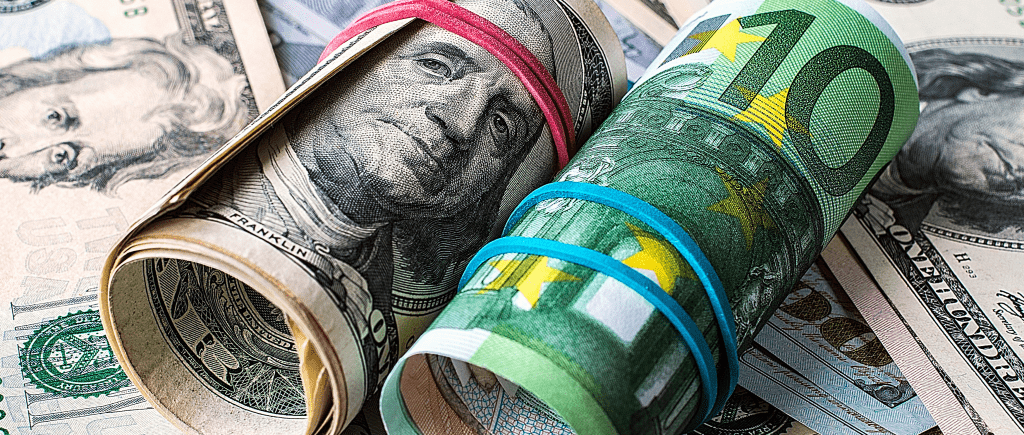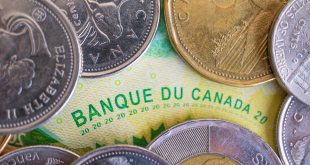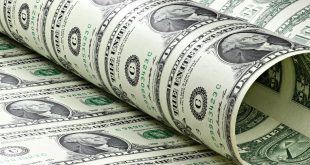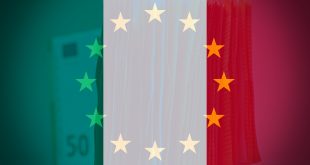The chances for a global recession drive the demand for safe-haven assets, and traditionally the US dollar is one of them. From a technical point of view, the US economy has already entered a recession due to posting two straight quarters of negative GDP growth.
The EUR/USD pair has broken below key support level formed in 2016 while macroeconomic conditions remain bearish for the European currency. On the technical charts, things don’t seem much better.
One of the greatest financial stories of the fiscal year is the massive rise of the US dollar against other major currencies, particularly the euro. Indeed, the YTD performance of the EUR/USD is -12.3%, making the European currency one of the year’s laggards.
However, officially, the US only considers an economic period recessionary once the NBER (the National Bureau of Economic Research) decreets it. The reason for that is that the organization assesses many indicators of economic activity beyond GDP growth, such as employment, personal income, real personal consumption, industrial production, and manufacturing PMI—as well as the ‘Ds’ of the economic decline (depth, diffusion, and duration).
Currently, most of those indicators remain positive, while manufacturing is the weakest point. So, according to the NBER, we are not in a recession yet
Continuing with the theme of recessions, the European Union will soon enter one. Russia’s war with Ukraine affects the Eurozone more because of its geographical proximity and the whole issue of Russian gas and raw material exports to the region.
Eurozone activity has hit a year-and-a-half low, and the poor economic outlook appears to be deepening.
The policy divergence between the Federal Reserve and the European Central Bank pushes carry traders toward the greenback. The Fed is raising interest rates faster and more intensely than the ECB, and we know that interest rate hikes favor a country’s currency.
Keep in mind that the Fed could raise rates by 50 and not 75 points at the September meeting if the next employment and inflation data come out favorable.
It is also true that the ECB could raise interest rates by 50 basis points on September 8. But even if this divergence between the two central banks narrows, it will not change the overall tone of the currency pair. Even a sharp rate hike would probably not boost the euro significantly.
The latest bearish signal was at the loss of a key support level formed in 2016 around the 1.034 level. The first test of the support came this May when the currency pair bounced upwards from there. However, when it tested the level again in July, the pair could no longer hold and lost it. In addition, it formed a pullback with a reasonable margin.

 Noor Trends News, Technical Analysis, Educational Tools and Recommendations
Noor Trends News, Technical Analysis, Educational Tools and Recommendations




